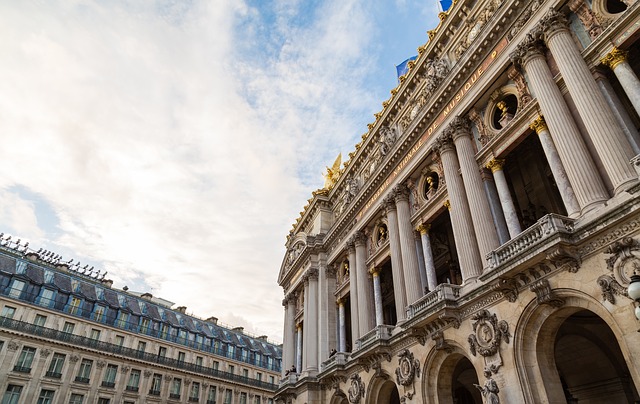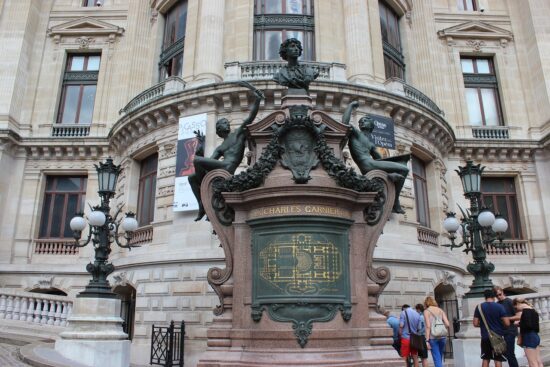Palais Garnier
About 15 minutes away from the Tuileries Garden lies the world-famous Palais Garnier. The photos don’t do justice to this exquisite specimen of architecture. Built in the eclectic Napoleon III style which borrowed many elements from both Baroque and Renaissance architecture this prominent example of 19th-century aesthetics is considered the pinnacle of Napoleon III‘s additions to the city of Paris.

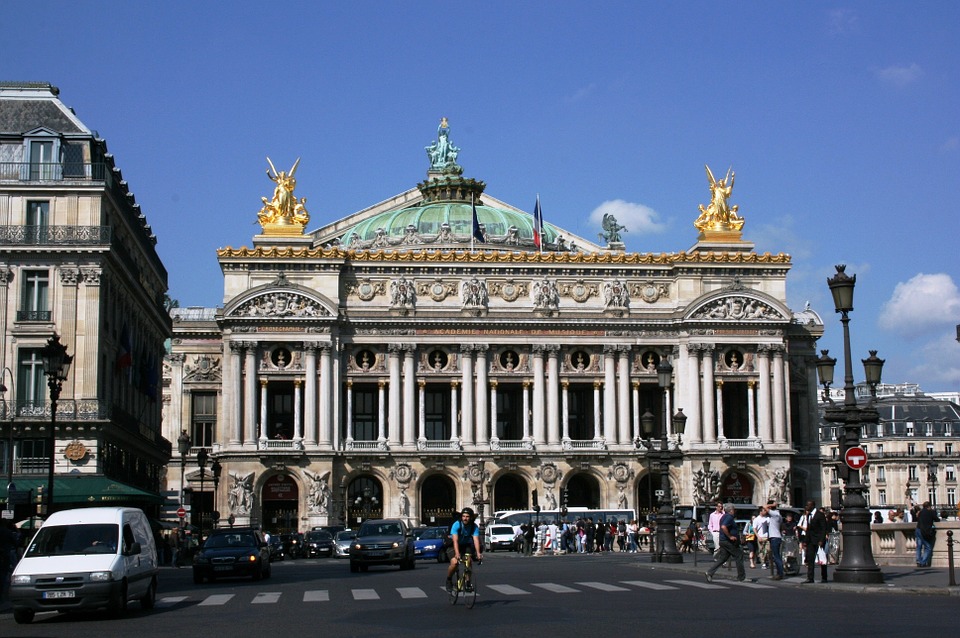
At the time of Napoleon’s decision the building a grand new opera (1858), Paris was already a giant construction work, with new railroad stations, aqueducts, sewers, boulevards, and several renovations taking place at the same time. Napoleon’s decision the building a healthier and prettier capital was in full swing. After a failed attempt that nearly cost his life in front of the Opera Le Peletier (demolished in 1873) Napoleon III promised he would build the greatest opera in the world, a landmark that would serve as the focal point of his new city. And that he did. Works started in 1860 and finished in 1875.
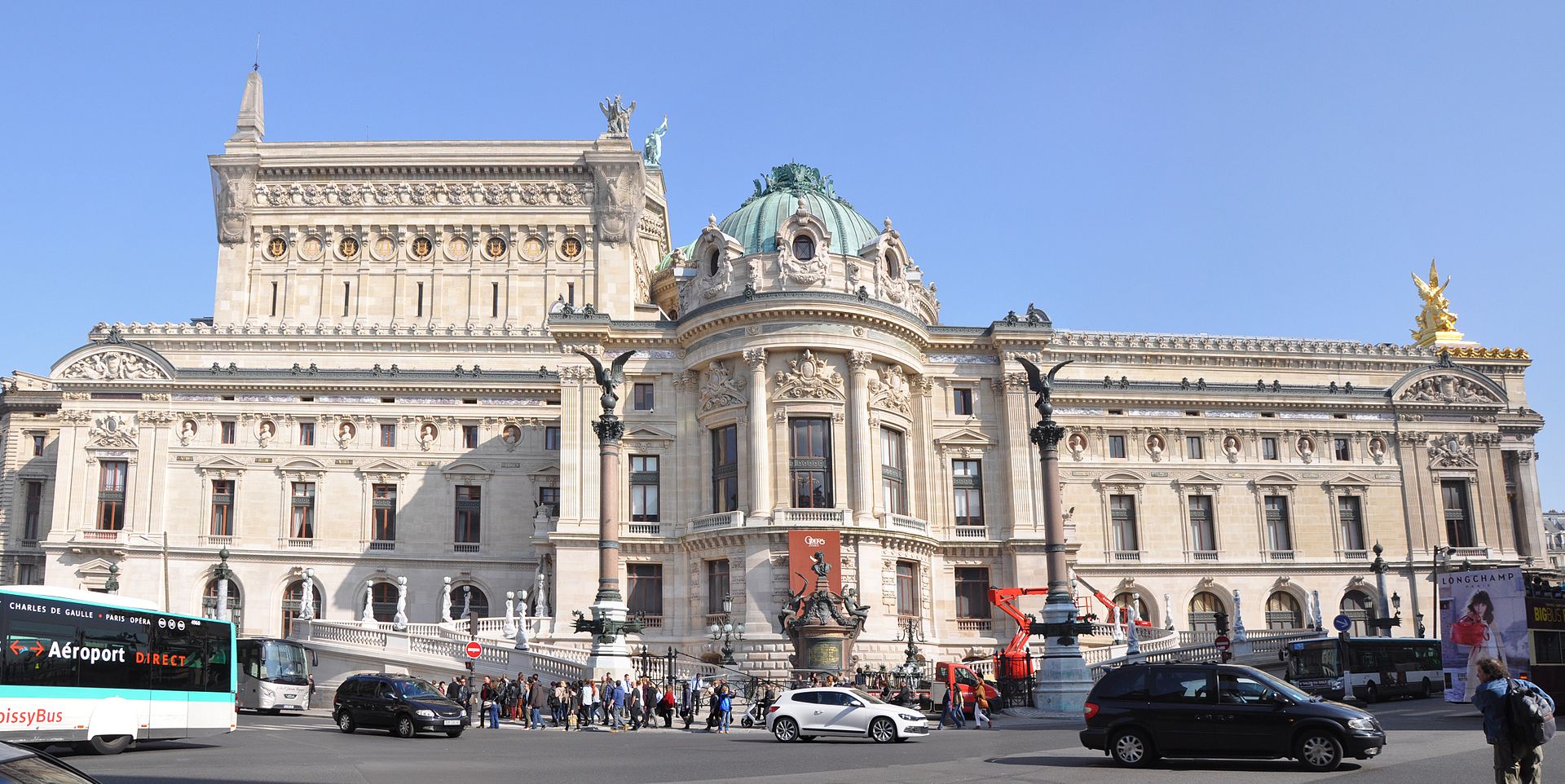
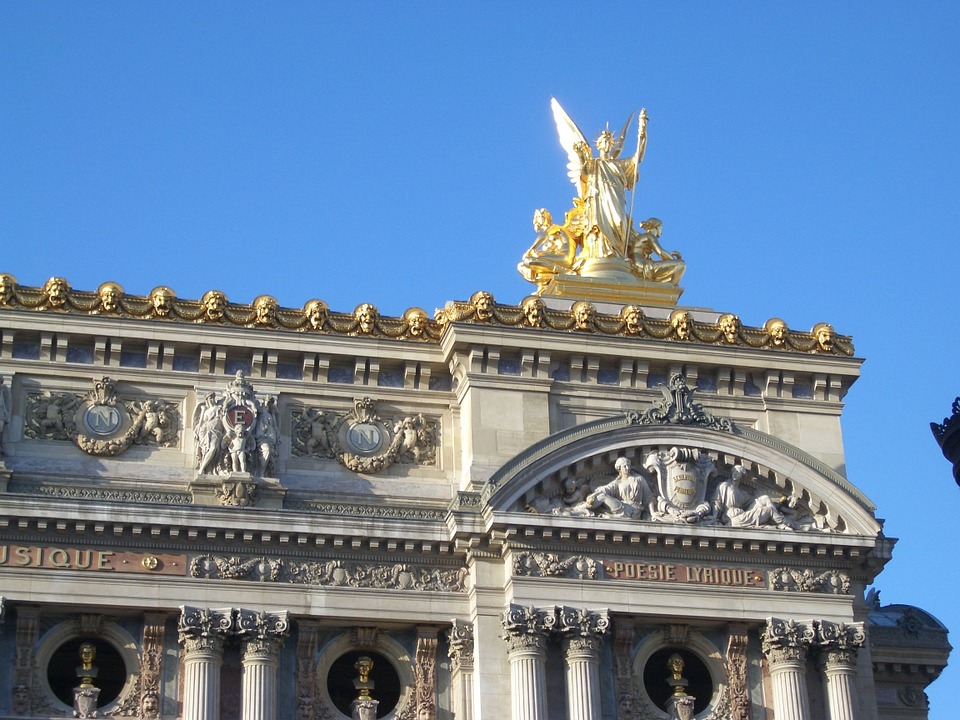
Charles Garnier was a young unknown architect whose design was approved among 170 different projects. The cream-hued stone prevalent in Haussman’s projects all over the city could not have been absent from the signature landmark of the new city. The achievement of harmony was of the utmost importance to the emperor. Something that Garnier had grasped from the beginning.
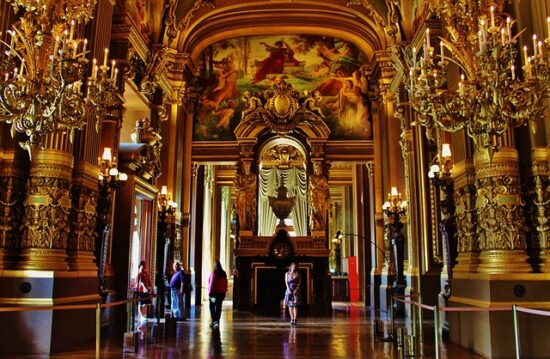

Another thing that Garnier had grasped perfectly was the Emperor’s need for opulence and grandeur. It wasn’t so much the scale of it, although being 12,000 square meters means it is enormous, it was the flawless details of its sculptures, the grand staircase and the magnificent hall, the gold leaf and elaborate stucco decorations, the thirty-meter-high vault, the large crystal chandeliers, and masterfully painted ceilings. Despite all its interior extravagance, the opera balances perfectly between the decorative emphasis of the Belle Epoque and the ceremonial Hausmann-like symmetry.

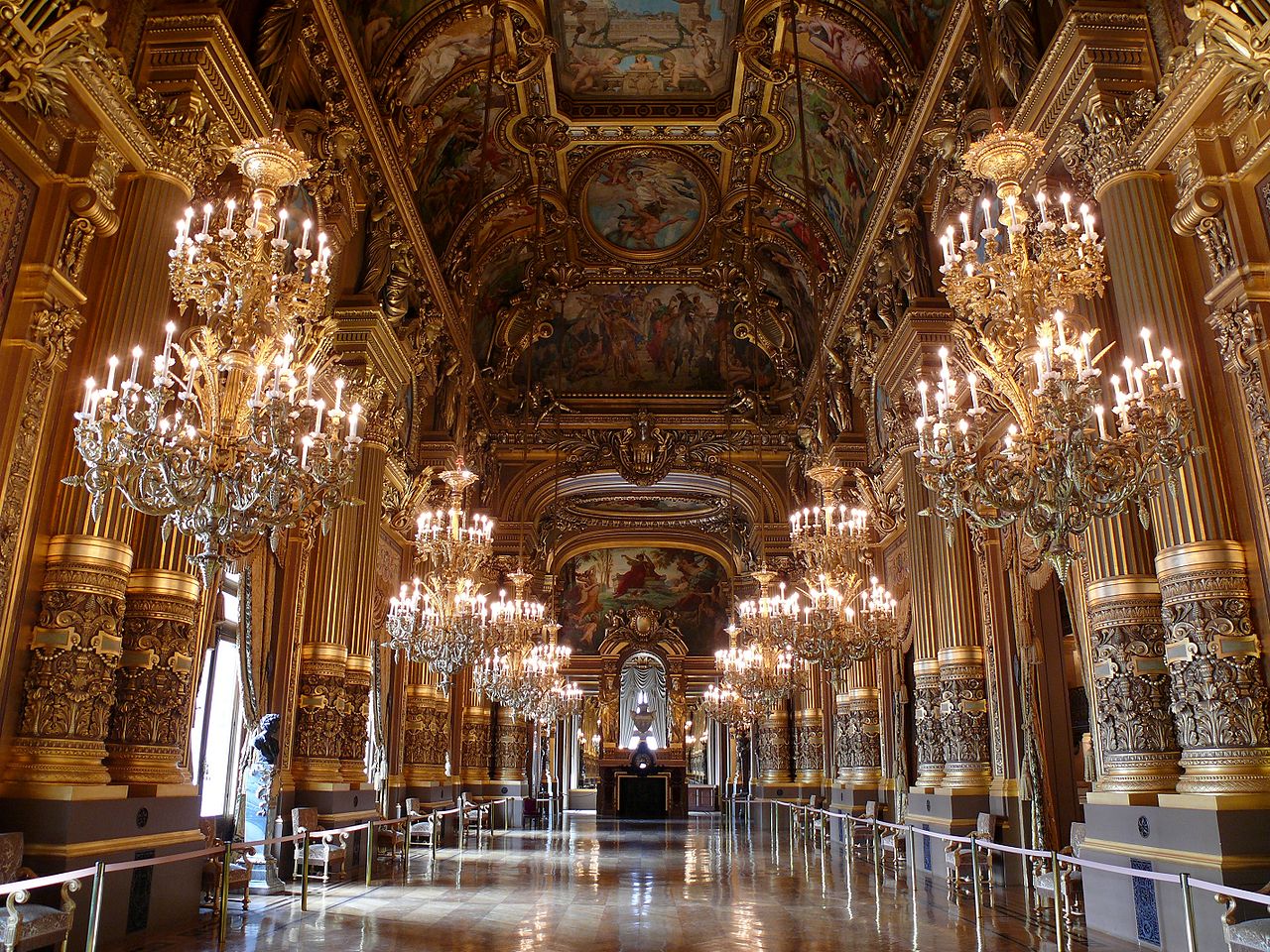
A visit to this place is definitely among the three top picks of Paris. A guided tour that would be able to explain the significance of the different parts and secrets of the building or even better a combination of that with a show or a dinner in its stunning restaurant can easily turn it into the top pick. The famous novel The Phantom of the Opera that came out in 1910 cloaked Palais Garnier with a haunting story that echoed the powerful impact of The Hunchback of Notre Dame on the overall fame of the setting. More
